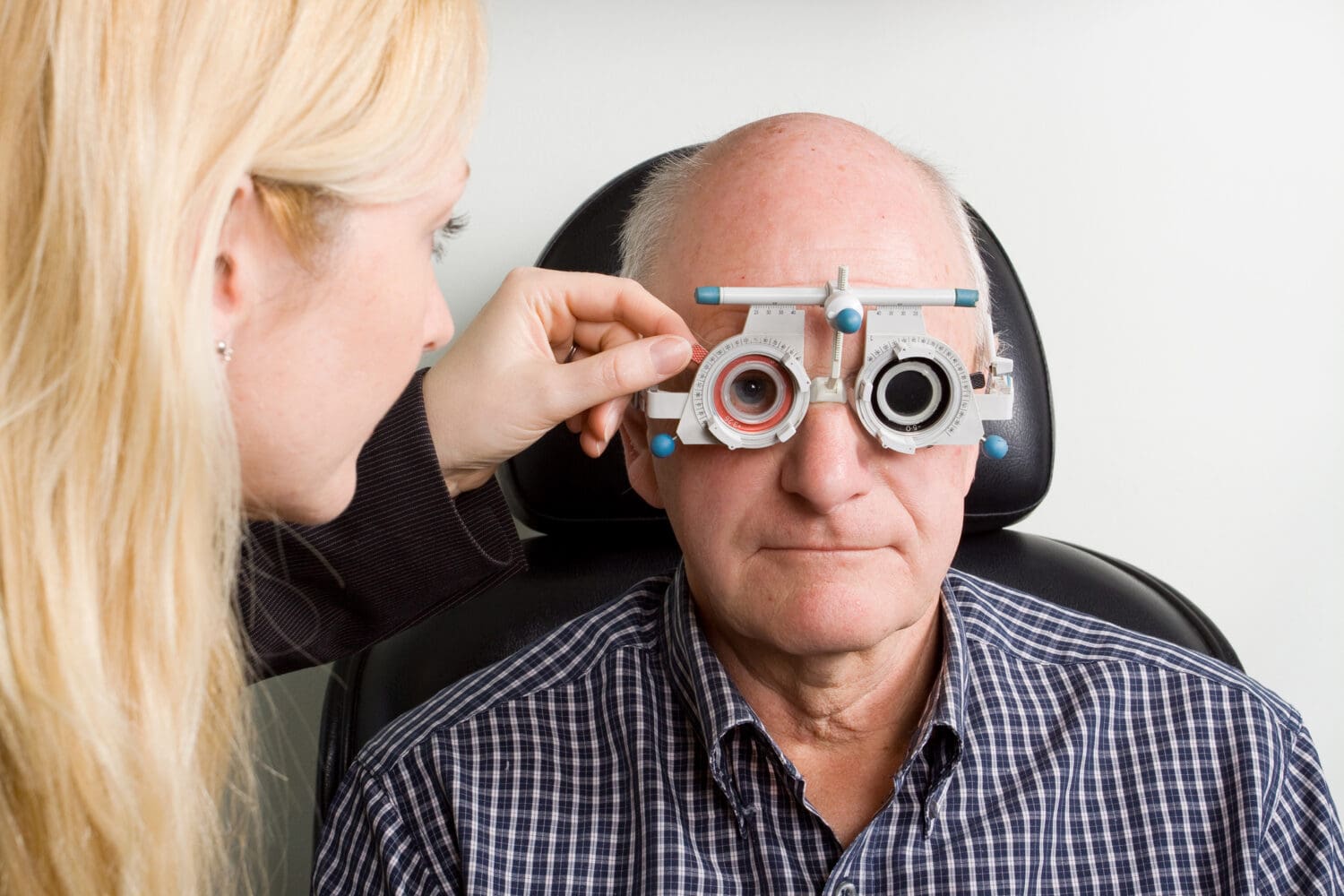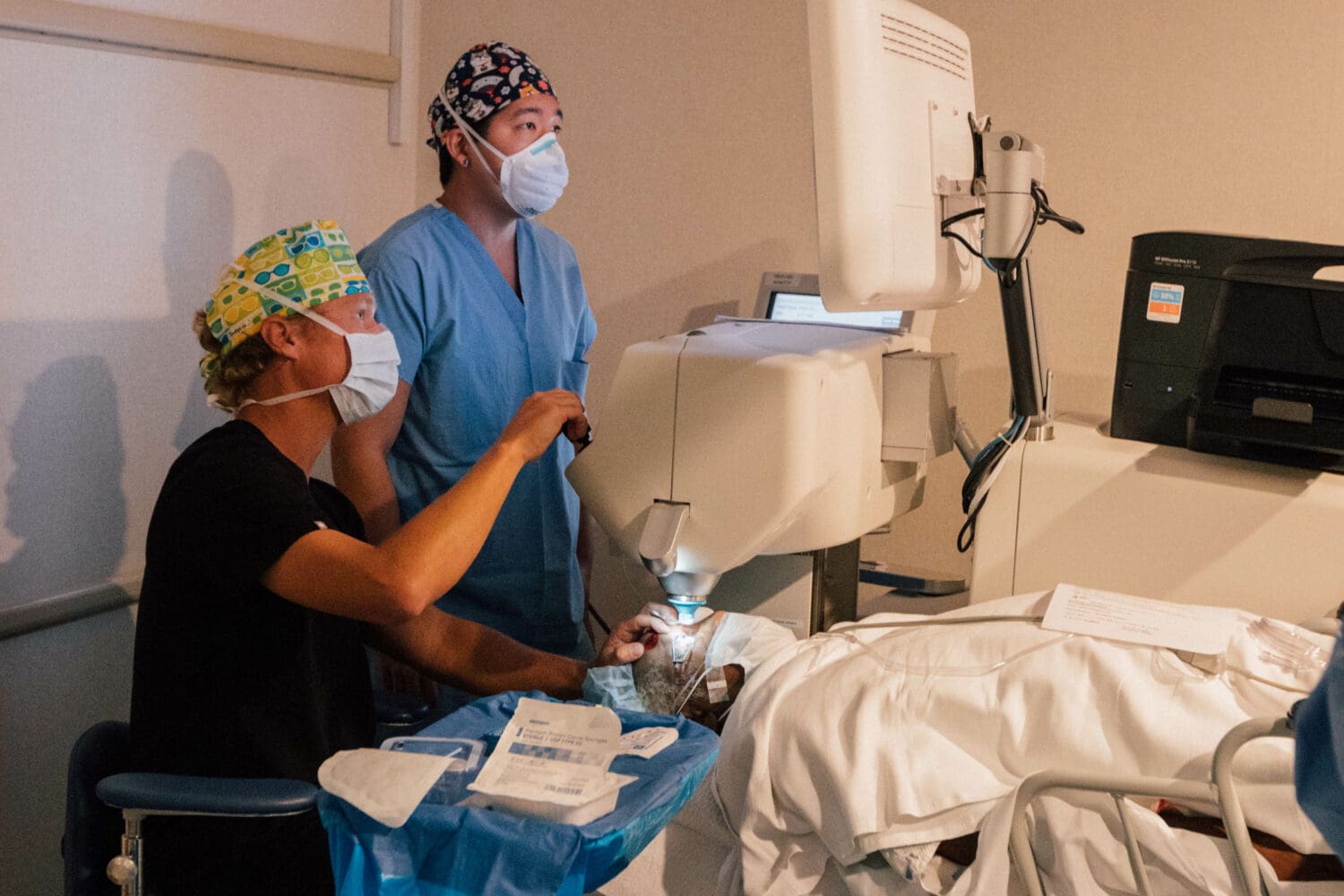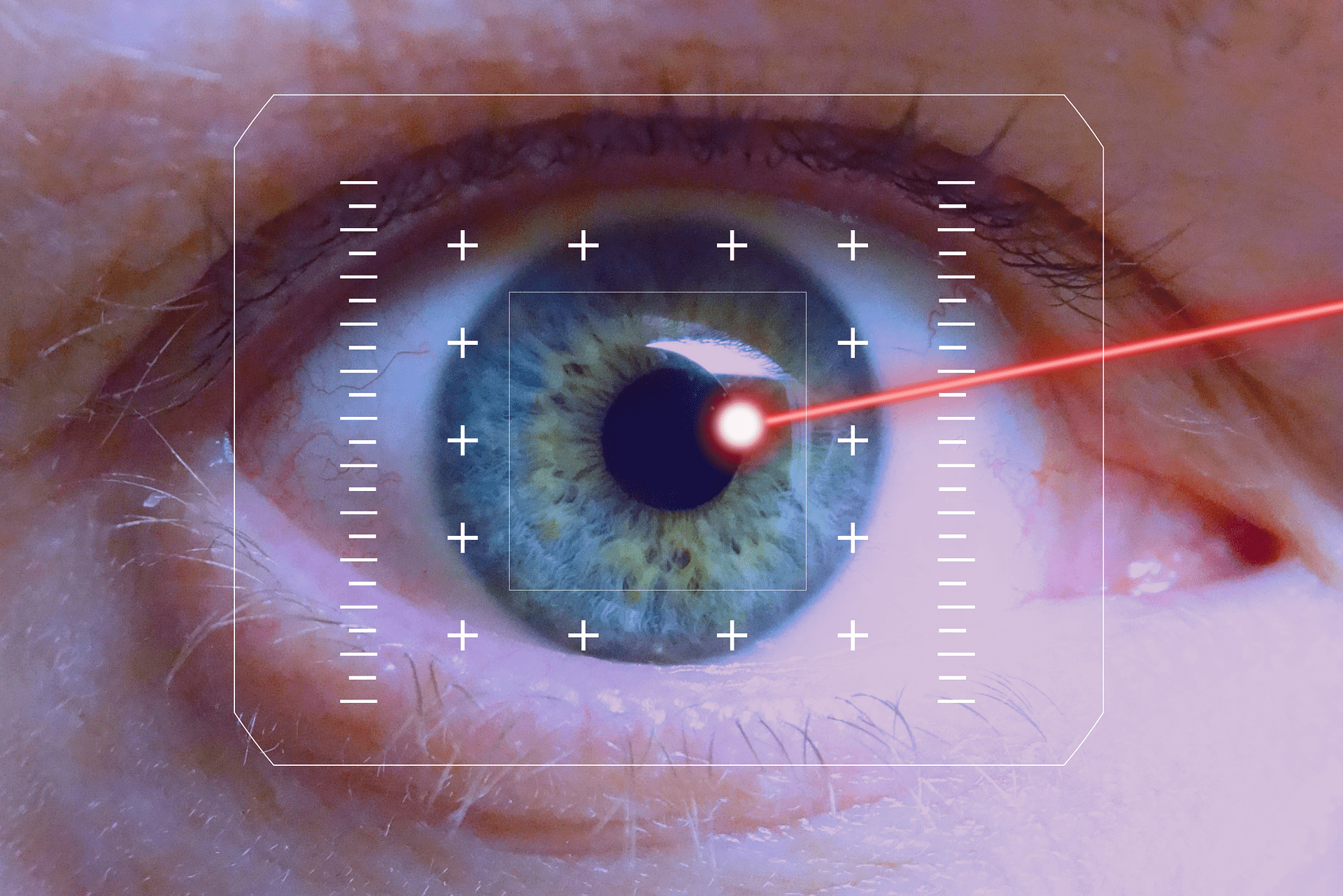LASIK eye surgery has transformed the lives of millions by offering a long-term solution to…

Risk Factors and Treatment for Glaucoma
Glaucoma is a group of eye diseases that damages the optic nerve and can lead to blindness if left untreated. It is estimated that around 3 million Americans have glaucoma, with the number expected to increase in the coming years.
Fortunately, there are various treatment options available to manage this condition, including lifestyle modifications and surgical interventions. We will discuss the risk factors and treatment options for glaucoma.
Lifestyle Factors
Certain lifestyle factors may increase the risk of developing glaucoma. These include smoking, drinking excessive alcohol, engaging in physical activities that cause eye trauma, and long-term steroid use. Additionally, people with a family history of glaucoma may be at increased risk. A diagnosis of diabetes or high blood pressure may also increase the risk of developing glaucoma over time.
It is important to discuss any potential risk factors with a doctor or ophthalmologist. The diagnosis of glaucoma typically includes a comprehensive eye exam, including eye pressure measurements and evaluations of the optic nerve. The doctor will also ensure that any other medical conditions are controlled to prevent further damage to the optic nerve.
Lifestyle Modifications
Lifestyle modifications may help manage glaucoma and reduce the risk of developing the condition. Regular exercise can improve blood flow to the optic nerve and reduce intraocular pressure. A diet rich in fruits and vegetables, and low in saturated fats and processed foods, can help maintain eye health. Stress can increase intraocular pressure, so managing stress through relaxation techniques such as meditation or yoga may help reduce the risk of glaucoma. Heavy alcohol consumption can increase the risk of glaucoma, so limiting alcohol intake may help reduce the risk.
Finally, wearing sunglasses that provide 100 percent UV protection can help limit the damage caused by ultraviolet light. Making lifestyle changes can be challenging, but speaking to a doctor or dietician may help people make healthier choices and reduce their risk of developing glaucoma. Consulting with an ophthalmologist regularly is also recommended, as early detection and treatment of glaucoma is key to preserving vision.
Surgical Options
When lifestyle modifications and medication fail to manage glaucoma, surgical intervention may be necessary. Surgery is typically a last resort option and comes with its own risks, but it can be the most effective way to reduce IOP and protect the optic nerve from further damage. There are several types of surgery available, including laser trabeculoplasty, goniotomy, or shunt implantation. Laser trabeculoplasty works by using a laser to create small burns in the trabecular meshwork, which is located at the base of the iris. This helps reduce resistance to outflow and thus lower IOP. Goniotomy is another surgical option that involves creating a channel in the trabecular meshwork so fluid can drain more easily. This can be done with either a laser or a micro-knife. Finally, shunt implantation is the most invasive type of glaucoma surgery and involves inserting a tiny tube into the eye to help drain the excess fluid.
Glaucoma is a serious eye condition that can lead to blindness if left untreated. However, with early detection and appropriate treatment, it can be managed effectively. If you have any concerns about your eye health or the risk of developing glaucoma, it is important to speak to your eye doctor.
If you’re experiencing any eye issues, Jenkins Eye Care can help. Click here to learn about treatments we use for Glaucoma today!



